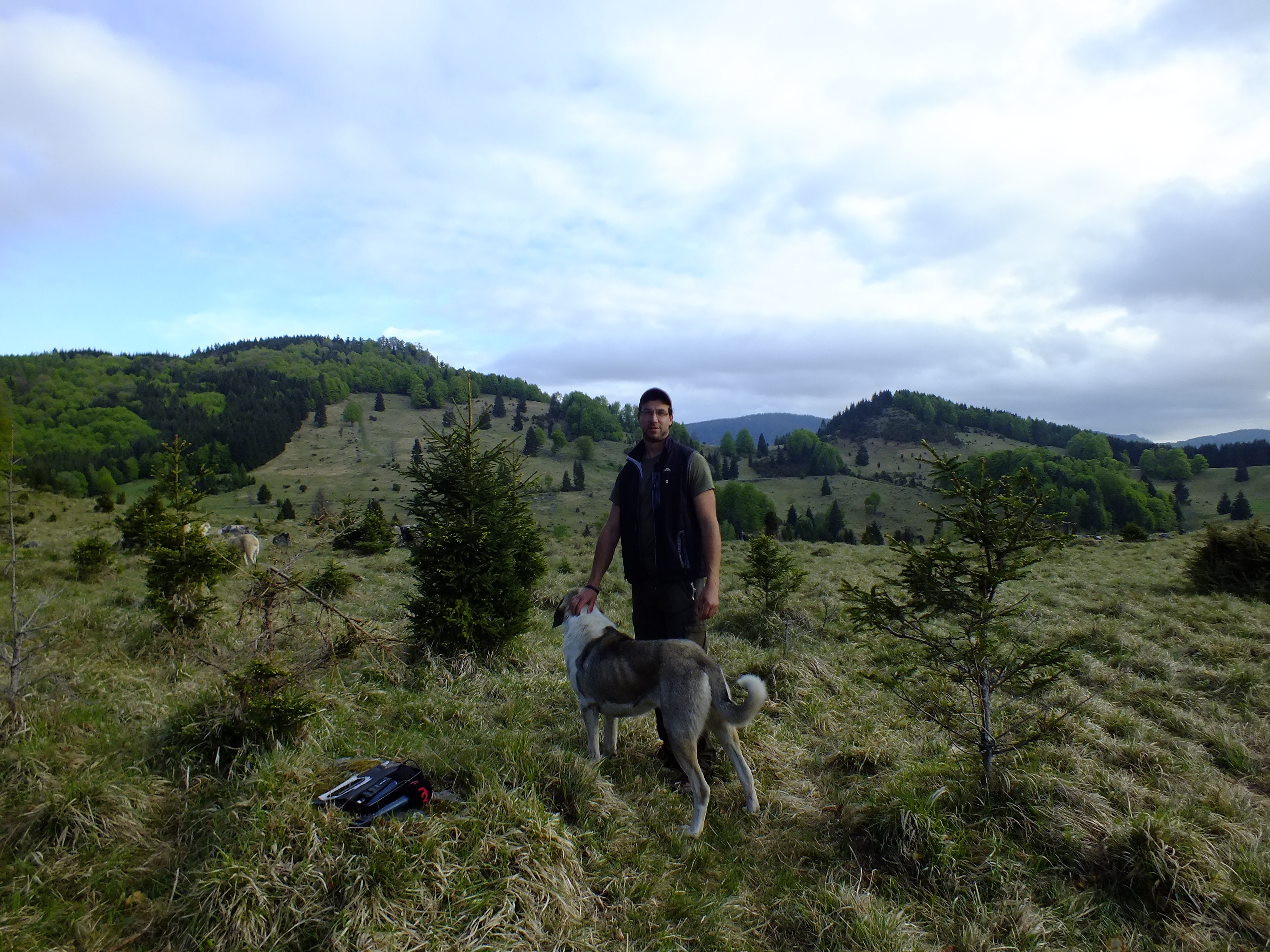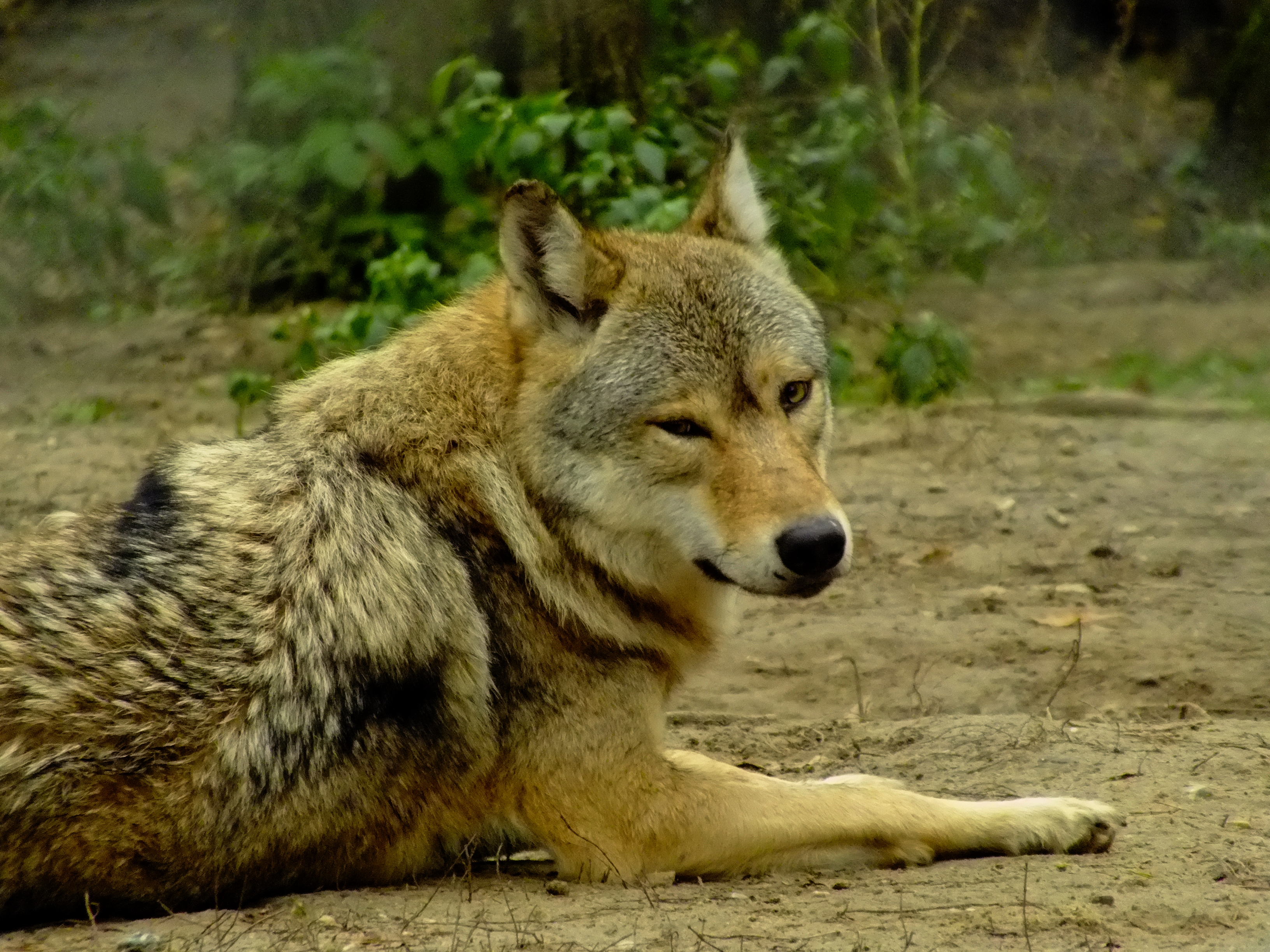TRANSGREEN - 400 reasons to celebrate and to worry about wolves @WorldEnvironmentDay
05-06-2019
400 wolves in Slovakia. Every year, on June 5th, the World Environment Day draws our attention towards nature's richness and the danger of losing it. To mark the event, we invited WWF Slovakia's large carnivores expert Jerguš Tesák to share his insights about the status of nature in his country, by focusing on the cornerstone species of Carpathian forests: the wolf.
- There are about 400 wolves living in Slovakia. But they are in risk due to heavily fragmented landscape.
Jerguš Tesák works for the WWF in Slovakia as large carnivores expert. He says that we can protect anything on paper; however nature conservation will never work unless we implement it properly in reality.
Jerguš spent his childhood in a small village in Central Slovakia. He loved nature walks with his family and dogs. His childhood passion for nature ends up being nature conservationist with expertise on large carnivores.
 Monitoring of large carnivores gives us information about their lives. How the wolf tracking works?
Monitoring of large carnivores gives us information about their lives. How the wolf tracking works?
There are several methods of animal tracking. Winter tracking is the traditional one. It is usually organized by the group of mappers on a particular day. When snow conditions are good, they are able to identify all fresh tracks in the mapped area. However, results need to be combined with animal dropping analysis. Animal dropping is unique as fingerprint and we get data about particular individual. It allows us to identify it´s migration routes. The genetic map of bears in Slovakia was created similarly. By knowing migration corridors we can better identify potential collision spots on roads and railways and implement appropriate measures to avoid them.
- “We need to make green corridors in the landscape that allows wildlife to migrate safely”.
How the territories with the occurrence of wolves overlap with the network of protected areas?
In Slovakia we have number of smaller and several large protected areas. However they are not connected and protection of large carnivores is therefore limited. For example, wolves are species of European importance but they are protected only within the boundaries of Natura 2000 sites in reality. They can be hunted outside those areas during winter. When we consider long migration routes of wolves, we understand that we are not able to protect them when we don´t protect their migration corridors. In addition, if we really want to protect wolves, we need to protect wolf packs. Killing of wolf by car accident may significantly impact functioning of particular wolf pack. The best solution is to identify and protect migration corridors mainly in mountain areas and improve connectivity of natural areas.
- “I believe that TRANSGREEN is great project that helps better understand problems and brings solutions for safer migration corridors for animals in Carpathians.”

